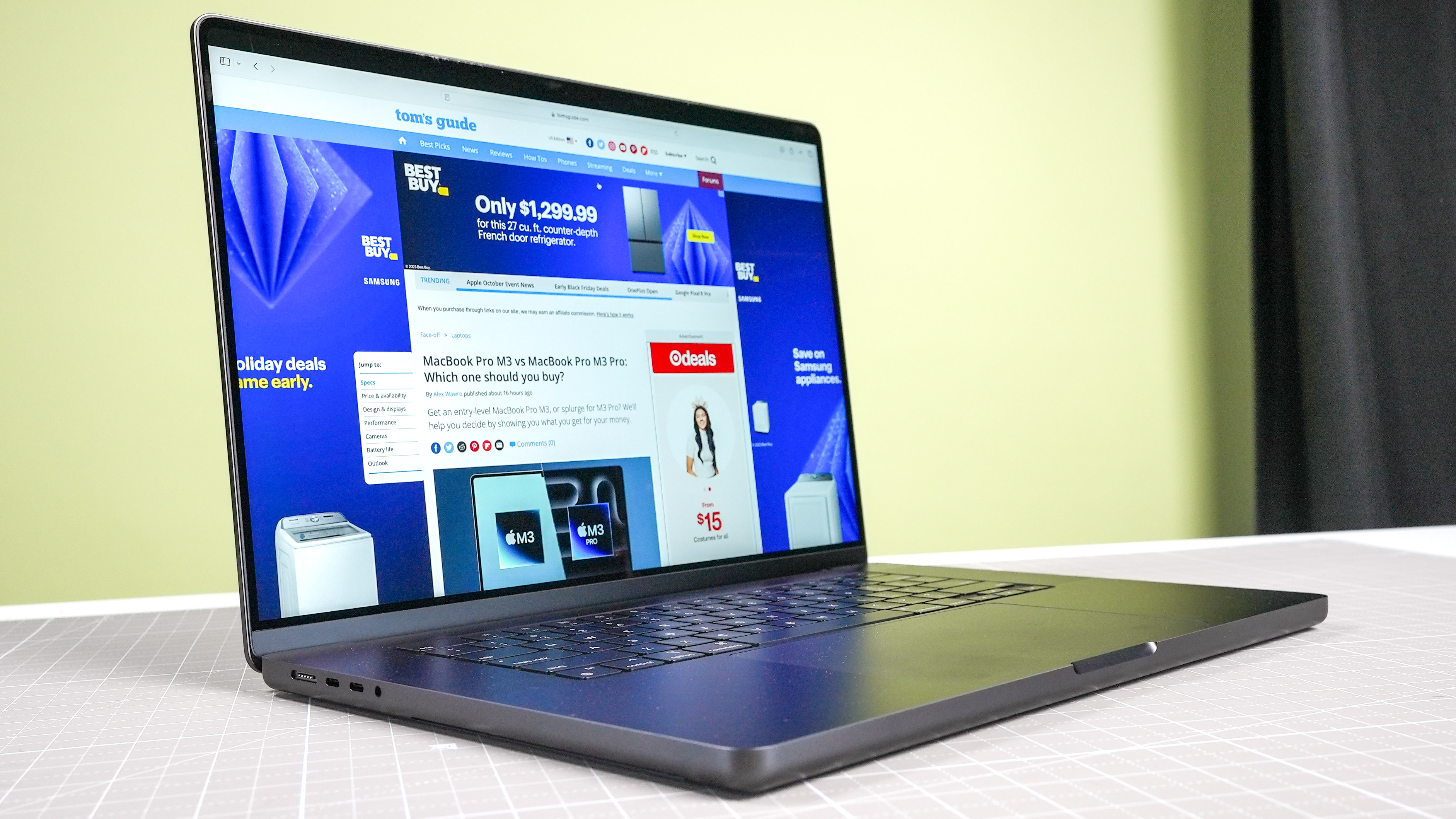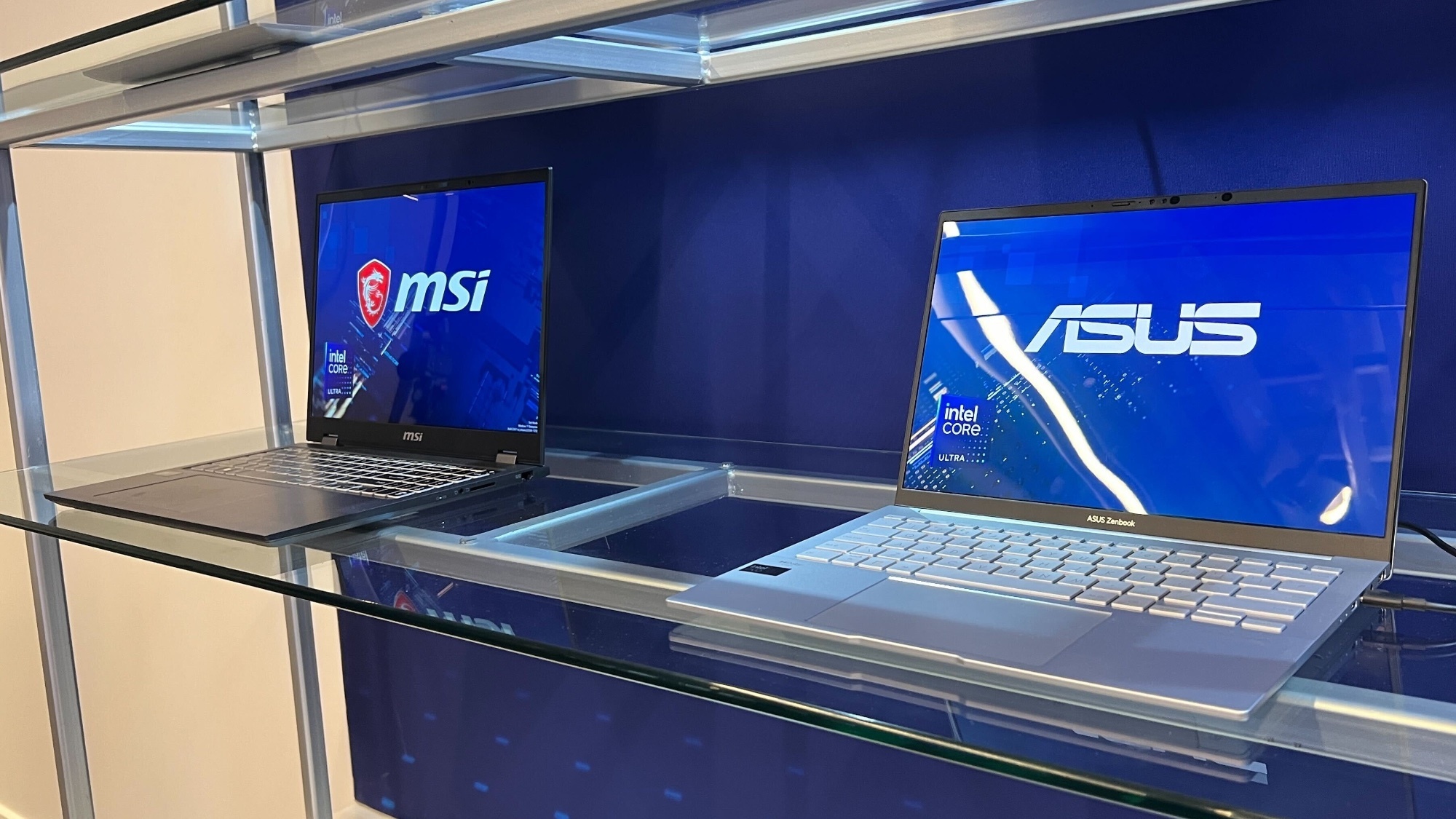
We’re currently living in a 3nm world, but as of now, the only residents are of an Apple persuasion. That’s because the Cupertino crew snapped up all of TSMC’s initial stock of this new standard — leading to impressive performance gains and power efficiency.
However, for the chip manufacturer’s move to the even smaller 2nm process, the competition isn’t taking any chances. TSMC looks set to start mass producing these new processors in 2025, and both Apple and Intel are at the front of the line for them.
This info comes from Taiwan Economic Daily, and it’s a clear sign of how the “speeds and feeds” rivalry is beginning to heat up.
Swimming in the Nova Lake

This is, technically, our first (sort of) concrete details about what to expect, and we can map that to what we’ve seen from leakers. On the Intel side, according to Moore’s Law is Dead, Nova Lake looks set to pack 16 performance cores and 32 efficiency cores, alongside 4 cores with a far lower power consumption.
This is a dramatic step up in cores when you compare it to the maximum you find in Intel’s current crop of chips — the Core Ultra 9 (6 performance, 8 efficiency, and 2 low power efficient-cores). On paper, that should make for a big boost in both CPU tasks and graphics, along with a tasty improvement in power efficiency. Maybe it won’t be as mid at anything other than AI tasks like Meteor Lake.
Meanwhile, Apple’s 2nm chips are a little more up in the air in terms of specifics. All we can pretty safely predict is that it will be the first company to get them towards the end of next year, whereas Intel will probably launch this new generation in early 2026 — aligning with the consistent timing of these companies.
Why do I say that? Well, Intel always launches its new generation chips at the beginning of every year, whereas Apple begins its new crop of chips in the fall with the pro iPhone. Aligning this with the predicted 2025 launch, it would be fair to expect the iPhone 17 Pro to be the first to get a taste of 2nm power, and the Macs to follow shortly after with M5.
What does 2nm mean for you?
With a reduced size in processor nodes, you will get better performance and lower power consumption — thanks to the 20% increase in the number of transistors. Signs point to this new process offering up to a 30% performance boost.
Given how blazingly fast the likes of the M3 Max MacBook Pro and iPhone 15 Pro are now, that is another huge step forward in all demanding tasks, which will be felt across all aspects including AI processing.
We’ll be reporting on each new leak or rumor that appears, which given TSMC is looking to start what is called “risk” production towards the end of this year (i.e. testing its production tech and analyzing for any potential threats to chip quality), you will be seeing more over the next few months.







